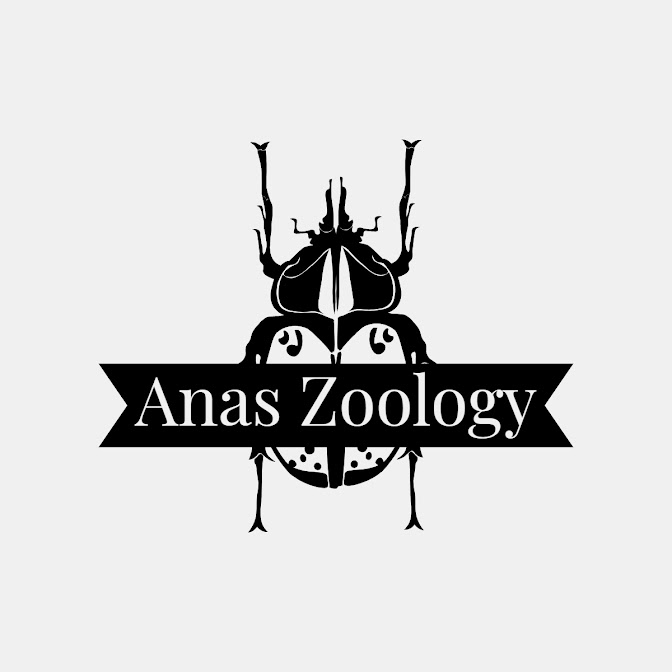Structure of Atom
Matter is composed of very small particles known as atoms. Atom consist of a positively charged charged nucleus in the centre. The nucleus is surrounded by negatively charged electrons. The electrons are held around the nucleus due to the electrostatic attraction. The nucleus consist of two types of sub-atomic particles known as protons and neutrons. Protons are positively charged, neutrons do not bear any charge and are neutral. Proton is the reason the nucleus is positively charged. The number of electrons in an atom is equal to the number of protons. Fig 1. represents the structure of atom.
Fig 1. Structure of Atom
Proton is the subatomic particle with a positive charge. The mass of proton is 1.6726 X 10-27
kilograms. The mass of proton is less than that of neutron.
Neutrons are without any electric charge, hence they are termed as neutral. The mass of neutron is 1.6749 X 10-27
kilograms. They keep the nucleus of an atom intact or stable. If there are too many neutrons in an atom the nucleus becomes unstable which will lead to nuclear instability which will lead to radioactive decay.
Electrons are negatively charged. The mass of electron is 9.1093 X 10-31
kilograms.




Comments
Post a Comment